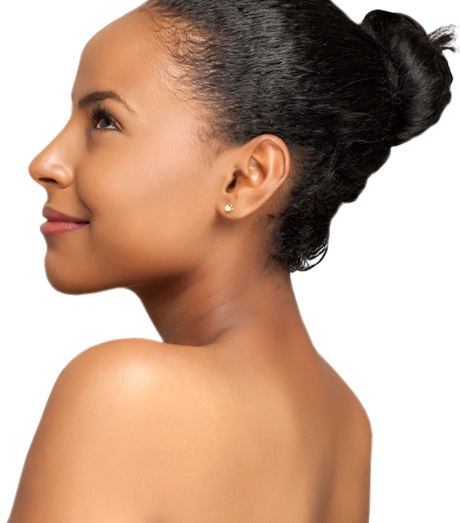Is Skin Rejuvenation Right For Me?
There is no one answer to this question. It is different for each patient and depends on several factors.These questions need to be answered to determine the best treatment plan:

What is the biggest concern about the appearance of your skin?
How quickly do you need results?
Is there a budget factor?
If there is downtime, is that a problem for you?
Skin care rejuvenation and resurfacing can be achieved in a number of ways, ranging from laser, light and other energy-based treatments to chemical peels and other non-ablative methods. The result is a smoother, clearer and more youthful appearance to your skin.
What can Skin Rejuvenation Treat?
Conditions that can be treated include:
Static wrinkles: These wrinkles are visible at all times and do not change in appearance with facial movements.
Dynamic wrinkles: These are expression lines that may appear as folds when the skin is not moving, and deepen with facial movements or expressions.
Pigmentation: freckles, sun spots, melasma, or other darkened patches of skin resulting mainly from sun exposure.
Scars: As the result of acne or injury to the skin, scars may be pitted, discolored or have raised borders. Vascular conditions: Blood vessels visible on the surface of the skin, vascular lesions that appear as tiny blood filled blisters or even a constant flush of facial redness.
Loss of skin tone: weakening of the supportive skin structure ( collagen and elastin fibers) that results in skin firmness or the development of cellulite.
Laser resurfacing can improve the appearance of fine lines and wrinkles of the entire face or specific area of the face such as the upper lip or around the eyes.
Laser and fractional resurfacing, or mechanical resurfacing such as dermabrasion or dermaplaning can improve acne scars and other skin conditions. A series of treatments are required to achieve improvement in skin texture and clarity and repeated treatments are essential to maintain your results.
A chemical peel is one of the least invasive ways to improve the appearance of your skin. The following are descriptions of the varying types:
Light Chemical Peei:( subtle at first, but that healthy glow increases with repeated treatments) Chemical solutions such as a combination of alpha hydroxy acids and beta hydroxy acids such as glycolic, lactic, salicylic and maleic acid are used for light peels. All of these chemicals are mild and can be repeated weekly up to 6 weeks to achieve desired results.This peel removes skin cells from only the outer, epidermal layer and is a light exfoliation.
Medium Chemical Peel: (your skin will be noticeably smoother and fresher-looking) Chemicals used for this peel are trichloroacetic acid and sometimes used in combination with glycolic acid. This peel removes skin cells from both the outer, epidermal layer and the middle, dermal layer and is a more intense peel.
Deep Chemical Peel: (results are dramatic, but recovery takes the longest) A strong chemical called phenol is used to penetrate down to the deepest layer of the dermis. This treatment will result in considerable peeling, redness and discomfort. One treatment will produce long lasting results for up to 10 years.
Although skin rejuvenation procedures are not cosmetic surgery, it is considered as a medical procedure. New technology and treatments are advancing rapidly and you may be surprised at the improvement that can be achieved by relatively simple procedures. Maintain a healthy, positive outlook and have specific, yet realistic goals in mind for your outcome.





